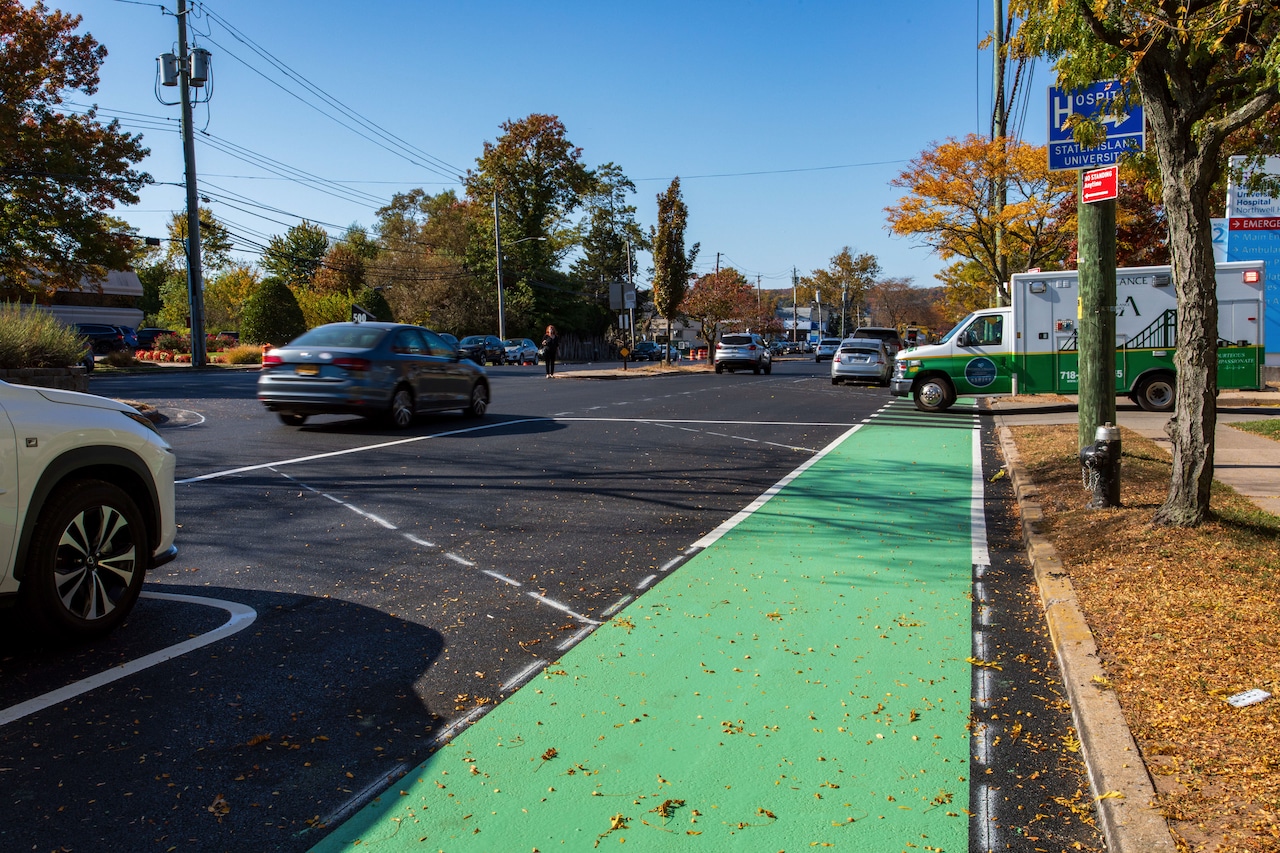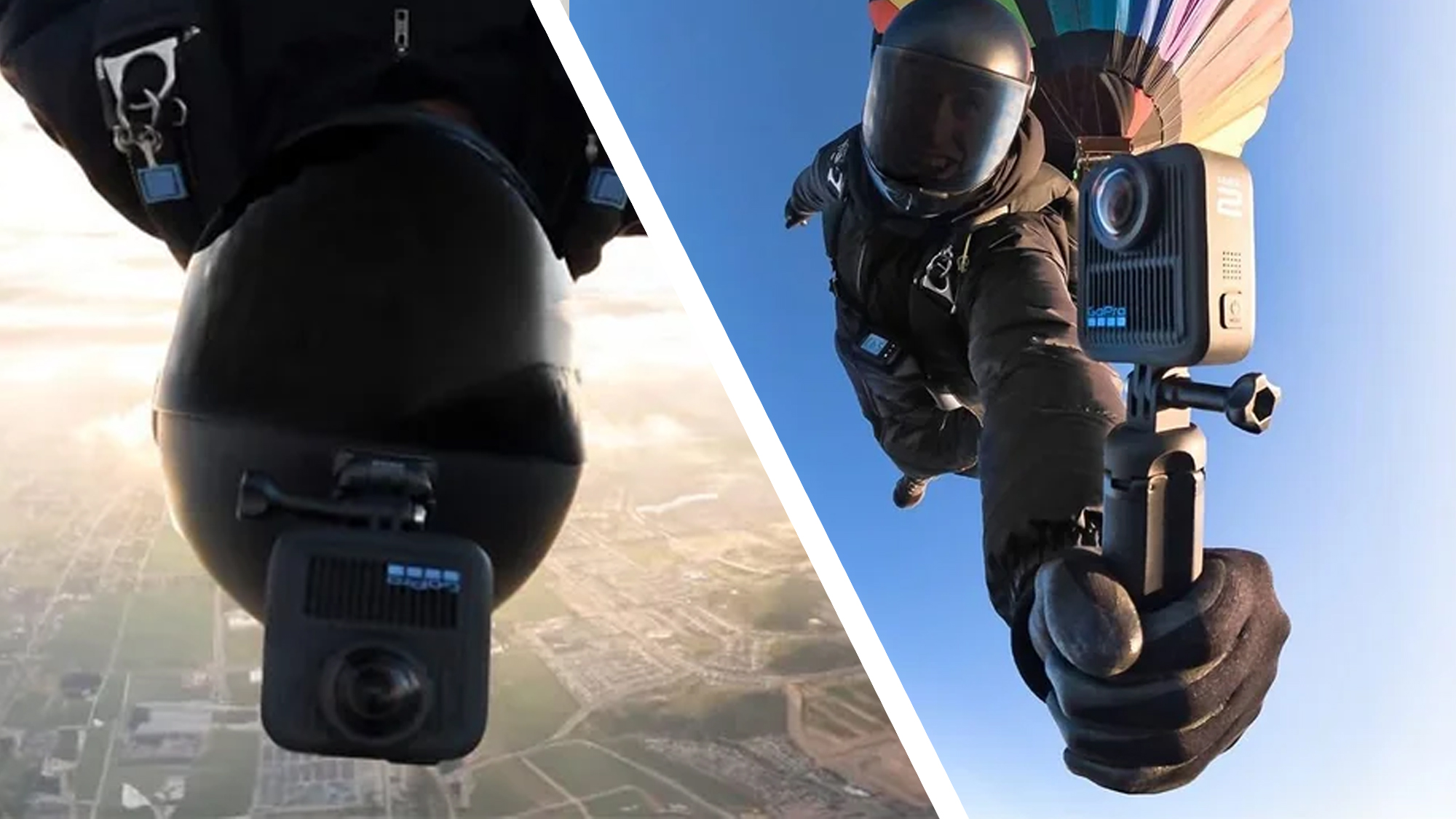
To make Staten Island’s streets safe, we all need to see more clearly.
There is nowhere in our borough – or anywhere across the city – where drivers or pedestrians are safer when their vision is blocked. It’s why we look both ways before crossing the street, instead of closing our eyes.
This basic truth is clear, but opponents of daylighting are attempting to obstruct it, as well as our intersections.
Daylighting – clearing the curb space adjacent to crosswalks to improve visibility for drivers and pedestrians – is a simple and effective way to make streets safer. Improving visibility at intersections makes them easier to navigate and prevents drivers from having to pull forward or make turns blindly. This means people walking can see drivers more easily too.
I’ve spent decades working on infrastructure projects in Staten Island and around the city, including working to transform the Brookfield Avenue Landfill into a public park. Now, I see daylighting as another opportunity to benefit my borough and families like mine.
As an engineer, I view issues through the lens of facts and data.
As a Deputy Public Advocate, I aim to benefit my borough and city.
As a dad, I want to protect my family, and families across Staten Island.
While there are many opinions about different issues across my neighborhood, everyone agrees that our local streets need to be safer. I recognize from experience that daylighting is a common-sense solution that will work for Staten Islanders and help keep us safe.
Decades of data and study show that daylighting saves lives. A peer-reviewed study of intersections in Montreal found that parking within 16 feet of an intersection increased pedestrian injuries “significantly.” A separate study found the number of parked vehicles was the strongest risk factor in child injuries on residential streets.
Daylighting is also cost-effective. The City Council estimates it costs around $9,000 to make an intersection safe, and there is already close to $6 million per year included in DOT’s budget for intersection improvements. In line with this universal daylighting proposal, NYC could daylight 1,000 intersections a year with physical barriers. Other cities have implemented daylighting with physical barriers at an even lower cost.
Failing to improve safety actually costs the city money. According to the National Safety Council, every year, New York City loses $3.5 billion dollars in economic costs and more than $20.5 billion in comprehensive costs from traffic crashes.
Putting the studies and data aside, there are examples of daylighting’s effectiveness very close to home. Just a short drive away, in Hoboken, NJ, city officials credit daylighting as the main reason why Hoboken has not seen a traffic fatality in eight and a half years. Staten Island deserves to be just as safe, but here, there have been seven traffic fatalities in 2025 alone. Four of those fatalities were pedestrians. Looking even closer to home, there have been 22 traffic fatalities in my city council district in the last 5 years.
Daylighting is an opportunity for us to make progress. I use all modes of transportation to get around. Whether I am walking around the neighborhood with my 15-month old in her stroller or driving to Costco, it is obvious that the visibility daylighting brings is important for navigating the streets safely.
Highlighting the efficacy of daylighting is especially important as hysteria around this policy is obstructing progress and framing daylighting as an issue that’s about ideology, rather than safety.
On my block, everyone, regardless of ideology, knows that we need to take action to make streets safer. We fear for our children who cannot play in the street because there is not enough visibility to keep them safe. And even though Staten Island has its own car culture, the data proves that daylighting will keep us safer.
On top of this, daylighting is not a new policy. Universal daylighting is not new – it’s the law in 44 states, and these laws transcend political ideology. Florida, California, and upstate New York all have universal daylighting. Daylighting is not radical, it’s common sense.
Too often in conversations about investing in New York City communities, Staten Island is left out. We need our fair share, and that includes making our streets safe with daylighting. The path forward, like our intersections, should be clear.



